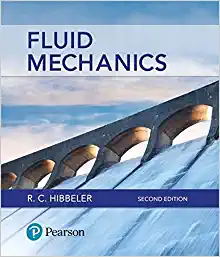MIRRORS-General Physics
Name: Grade & Section: Score: School: Teacher Subject: General Physics 2 LAS Writer: GILBERT C. DASAS Content Editors: EMMA T. SURITA Lesson Topic: MIRRORS Quarter 4 Week 4 LAS 2 Learning Target/s: Determine graphically and mathematically the type (virtual/real), magnification, location, and orientation of image of a point and extended object produced by a plane or spherical mirror (STEM_GP120PTIVd-24) Reference: https://drive.google.com/drive/u/1/folders/1xXcmTR77ZxWiEBiaoCRDN2cVCYcGYht?fbclid=IWAR3- 4YLFWQH1Nr6JeSHHCXVGJ1LD4SgDhDIBukuvJzXyz8goXSq6yXGigNw Mirrors Graphical Method for Mirrors These are called principal rays. 1. A ray parallel to the axis, after reflection, passes through the focal point F of a concave mirror or appears to come from the (virtual) focal point of a convex mirror. 2. A ray through (or proceeding toward) the focal point F is reflected parallel to the axis. 3. A ray along the radius through or away from the center of curvature C intersects the surface normally and is reflected back along its original path. 4. A ray to the vertex V is reflected forming equal angles with the optic axis. The graphical method of locating an image formed by a spherical mirror. The colors of the rays are for identification only; they do not refer to specific colors of light. (a) Principal rays for concave mirror (b) Principal rays for convex mirror 2 1 Ray parallel to axis reflects through focal point. 1 Reflected parallel ray appears to come from focal point. 2 Ray through focal point reflects parallel to axis. 2 Ray toward foc ets parallel to axis. 3 Ray through center of curvature inters ects the surface normally As with concave mirror: Ray radial to center of curvature intersects and reflects along its original path. along its original path. 4 Ray to symmetrically around optic axis. 4 As with conca s symmetrically around optic axis. Example: A concave mirror has a radius of curvature with absolute value 20 cm. Find graphically the image of an object in the form of an arrow perpendicular to the axis of the mirror at object distances of (a) 30 cm. Solution: We must use graphical methods and calculations to analyze the image made by a mirror. The mirror is concave, so its radius of curvature is and its focal length is. Our target variables are the image distances and lateral magnifications. (a) s' = 15 cm 15 cm 30 cm 10 cm (a) m = 30 cm Ni (a) Construction for s = 30 cm All principal rays can be drawn. The image is inverted. ACTIVITY A concave mirror has a radius of curvature with absolute value 20 cm. Find graphically the image of an object in the form of an arrow perpendicular to the axis of the mirror at object distances of 30 cm A. 20 cm, (B) 10 cm







